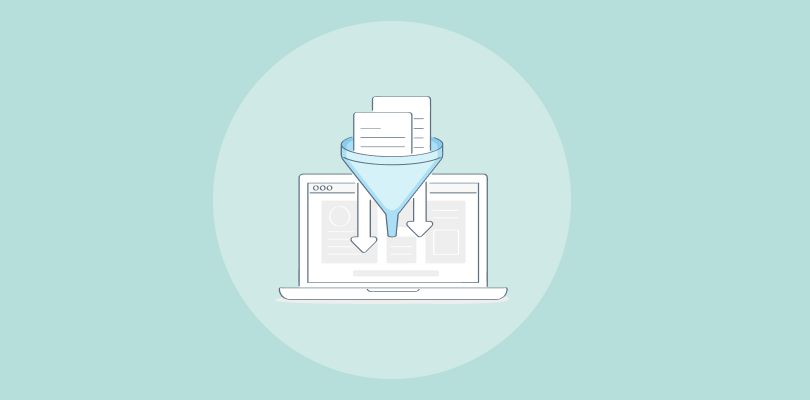Ever felt like you’re losing track of who your customers really are?
Imagine a jigsaw puzzle with missing pieces – frustrating and incomplete. This is how managing customer information can feel without a proper system in place.
Introducing the solution that ties it all together – customer database software.
Imagine all your customer data neatly organized and easily accessible, allowing you to understand your customers better.
In this guide, I will walk you through the essential steps to create and maintain a customer database, share practical tips to optimize its use, and highlight why it’s crucial for your business’s success.
Get ready to transform how you manage customer information and take your business to new heights!
Before we proceed, check out this quick video on how to manage your customer database using CRM software:
What Is a Customer Database?
A customer database is a structured hub of customer information that includes their names, contact details, demographics, and buying behavior. This data is important to understand customers better and design strategies accordingly.
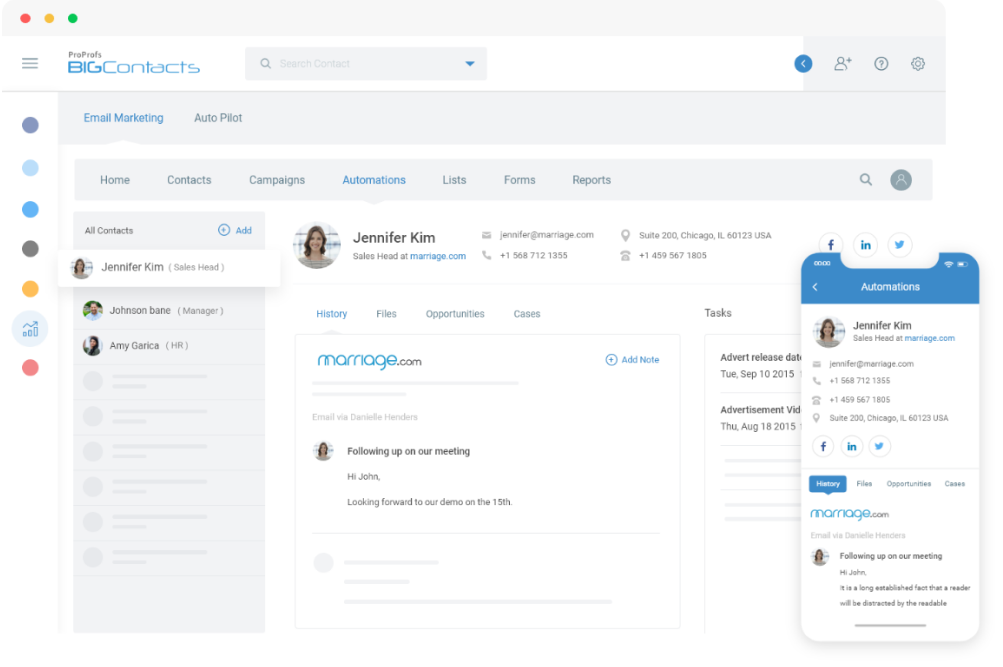
The completeness of a customer database depends on the company’s needs and the data it collects.
For example, information on potential customers might only include basic details like name, email, and phone number. In contrast, for long-term clients, the database might have more detailed information, such as addresses, family details, purchase history, and contact info for their account managers.
Maintaining a customer database can help you analyze buying patterns, design products, set prices, and generate higher sales.
This valuable resource, drawn from various sources like electronic transactions and web activity, plays a key role in efficient business operations and customer relationship management.
What Is the Importance of Using a Customer Database?
A customer database is incredibly valuable for businesses in all industries. It’s a key part of customer relationship management and plays a huge role in a company’s success. Here’s a detailed look at the importance of a customer database:
- Personalization & Customer Experience: Harnessing customer data enables businesses to strategize their offerings and communications, creating personalized experiences that resonate with individual preferences.
- Targeted Marketing Campaigns: Customer databases empower businesses to segment their audience, allowing for the creation of targeted marketing campaigns. These campaigns are more likely to capture attention and drive conversions.
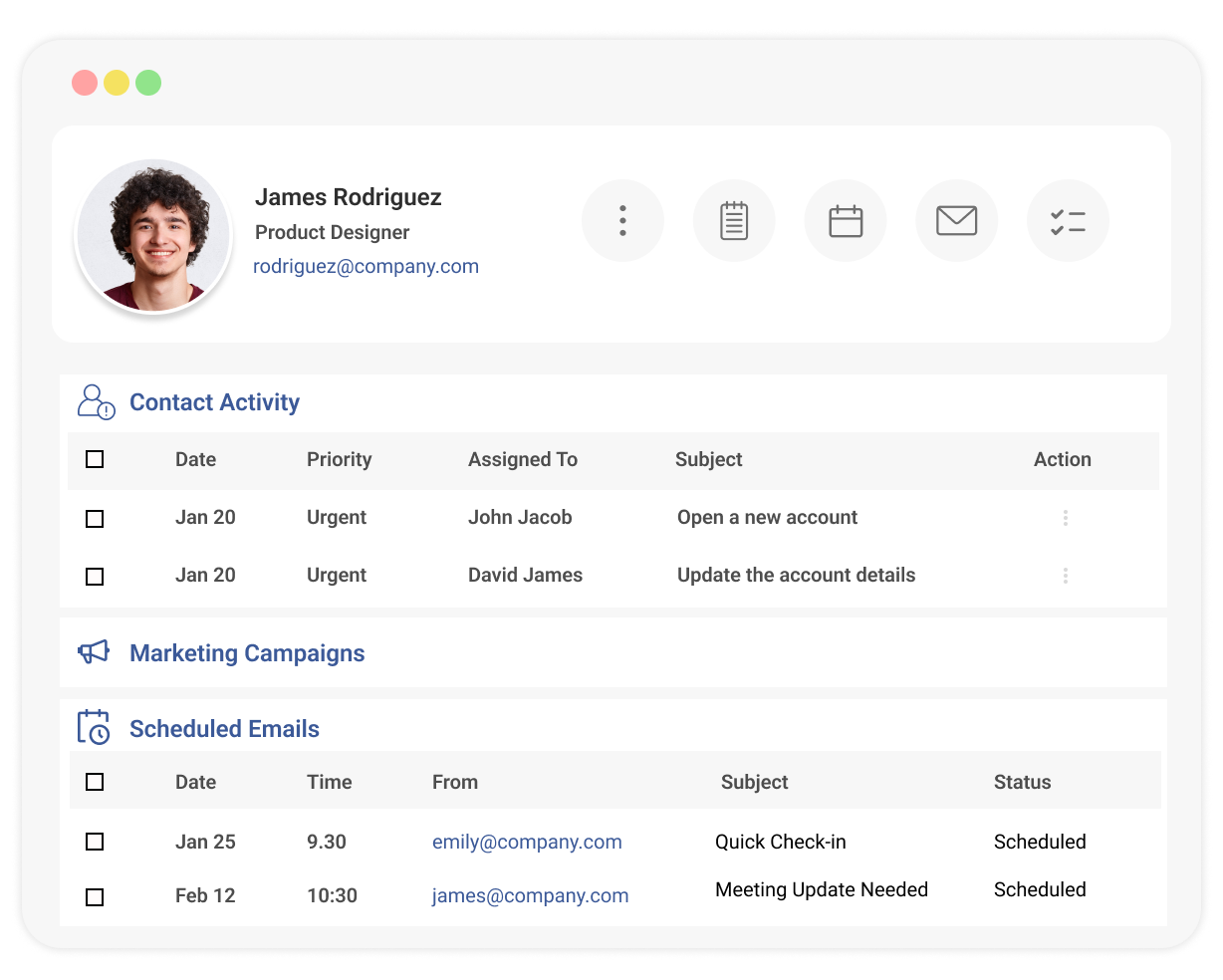
- Customer Retention & Loyalty: Understanding customer behavior facilitates proactive engagement, addressing concerns promptly, and fostering loyalty through personalized incentives and services.
- Data-Driven Decision-Making: The insights derived from a customer database serve as a compass for strategic decision-making. It helps in guiding product development, marketing strategies, and overall business planning.
- Efficient Customer Service: Customer service representatives with a well-maintained database can provide efficient and personalized assistance, resolve issues promptly, and enhance overall satisfaction.
- Cross-Selling and Upselling Opportunities: Analyzing past purchase behavior enables businesses to identify areas for cross-selling and upselling, thereby maximizing revenue from existing customers.
- Adaptability to Market Changes: A dynamic market requires businesses to stay agile. A customer database facilitates adaptability by providing real-time insights into market trends and customer preferences.
Building and handling a client database is crucial for staying competitive and ensuring long-term success.
Who Can Use a Customer Database?
Customer databases are incredibly versatile and essential tools across various industries. Here’s a look at who typically uses them and why they find them invaluable:
1. Small Businesses
Small businesses use customer databases to track interactions, purchases, and preferences, making personalized marketing easier. It helps carry out operations by keeping all customer information in one place. It allows company owners to focus on growth and customer satisfaction.
Read More: Best CRM for Small Business
2. Retailers
Retailers use customer data to create promotions and recommendations that boost sales. Tracking customer buying patterns helps optimize stock levels, avoid overstock or shortages, and ensure the right products are available when needed.
3. Healthcare Providers
Healthcare providers manage patient information, appointment histories, and treatment plans efficiently with customer databases. This ensures timely follow-ups and personalized care, ultimately improving patient satisfaction and health outcomes.
Read More: Best Healthcare CRM
4. Banks & Financial Advisors
Banks and financial advisors use customer databases to manage client profiles, track investments, and provide tailored financial advice. These databases also help maintain records for regulatory compliance and fraud prevention, ensuring trust and reliability in financial services.
Read More: Best CRM for Financial Advisors
5. Real Estate Agencies
CRM for Real estate agencies track client preferences for better property recommendations. A well-maintained customer database facilitates consistent communication and follow-ups with potential buyers and sellers, enhancing the chances of successful transactions.
6. Educational Institutions
Schools and universities manage student information, grades, and attendance efficiently using customer databases. Tracking alumni helps in networking and fundraising efforts, strengthening the institution’s community and resources.
7. Non-Profit Organizations
Nonprofit organizations track donor contributions and engagement for better fundraising strategies. A customer database makes managing volunteer information and scheduling easier, ensuring smooth operations and effective resource utilization.
Read More: List of Best CRM for Nonprofits
Here’s how F3E Online, a nonprofit organization, leveraged customer database software to improve contact organization:
What Information Is Stored in Customer Databases?
A customer database is an invaluable tool for managing business relationships. But what exactly goes into a customer database? Let’s break it down.
1. Contact Details
A basic customer database usually includes client names, email addresses, social media profiles, and all other contact details. Knowing who your customers are, their location, and how to contact them is essential for any business.
2. Demographic Information
A customer database typically includes demographic data like marital status, age, and gender. This information helps businesses segment their customers effectively and tailor marketing strategies to specific groups.
3. Purchasing Data
By analyzing past purchases, order cancellations, and shopping preferences, you gain valuable insights into customer behavior, enabling you to refine sales strategies, enhance product offerings, and boost overall business performance.
4. Professional Data
Professional data, including client contacts and job titles, is particularly important in business contexts. Knowing your contacts’ professional roles allows for more personalized communication and can help build strong business relationships.
5. Company’s History, Number of Employees & Industry
Business data can also include information about the company’s history, number of employees, and industry. This data helps businesses understand the background of the companies they are dealing with, gauge their size, and tailor their offerings to meet specific industry needs.
6. Interaction History
A consumer database can also include interaction history, such as notes from past communications, customer service inquiries, and support tickets. This data is crucial for providing excellent customer service and maintaining positive customer relationships.
7. Preferences & Interests
Preferences and interests gathered from surveys, social media interactions, and website behavior can also be stored. This information allows businesses to develop more personalized experiences and engage customers more effectively.
8. Loyalty Program Data
Another valuable component is loyalty program data, including points earned, rewards redeemed, and engagement levels. Tracking this information helps businesses understand customer loyalty and design better loyalty programs.
How to Create a Customer Database?
Creating a customer database is essential for effective customer data management. It helps you keep track of customer interactions, preferences, and purchase history, ultimately improving your business strategies and customer satisfaction.
Here’s a simple, step-by-step guide to help you set up a customer database.
Step 1: Identify Your Needs
First, determine what information is crucial for your business. Think about the data that will help you understand and serve your customers better. Common data points include contact details like names, phone numbers, and email addresses.
Demographic information such as age, gender, and location can provide valuable insights. Additionally, tracking purchase history, interaction history, and customer preferences or feedback can help you tailor your services to meet their needs.
Step 2: Choose the Right Tools
Next, select a tool that fits your business needs. There are various options available, each with its strengths. CRM software, like BIGContacts, offers powerful features for customer data management. If you’re looking for something simpler, spreadsheet programs like Excel or Google Sheets can be effective.
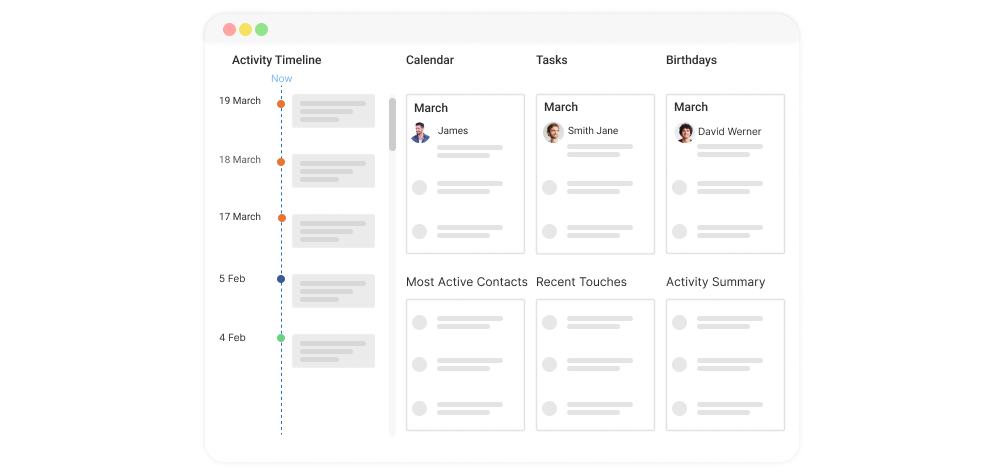
Step 3: Gather Customer Data
Once you have your tools in place, it’s time to start collecting customer data. There are multiple channels through which you can gather this information. Use sign-up forms on your website to capture contact details and preferences. In-store interactions provide opportunities to collect data directly from customers. Don’t overlook the power of social media engagements and surveys or feedback forms to gather valuable insights.
Step 4: Input and Organize Data
With your data collected, the next step is to input it into your chosen tool and organize it for easy access. Create custom fields for each type of data you want to track. Use categories and tags to make sorting and searching for information straightforward. Regularly update the database to ensure the data remains accurate and free from duplicates, which can cause confusion and inefficiencies.
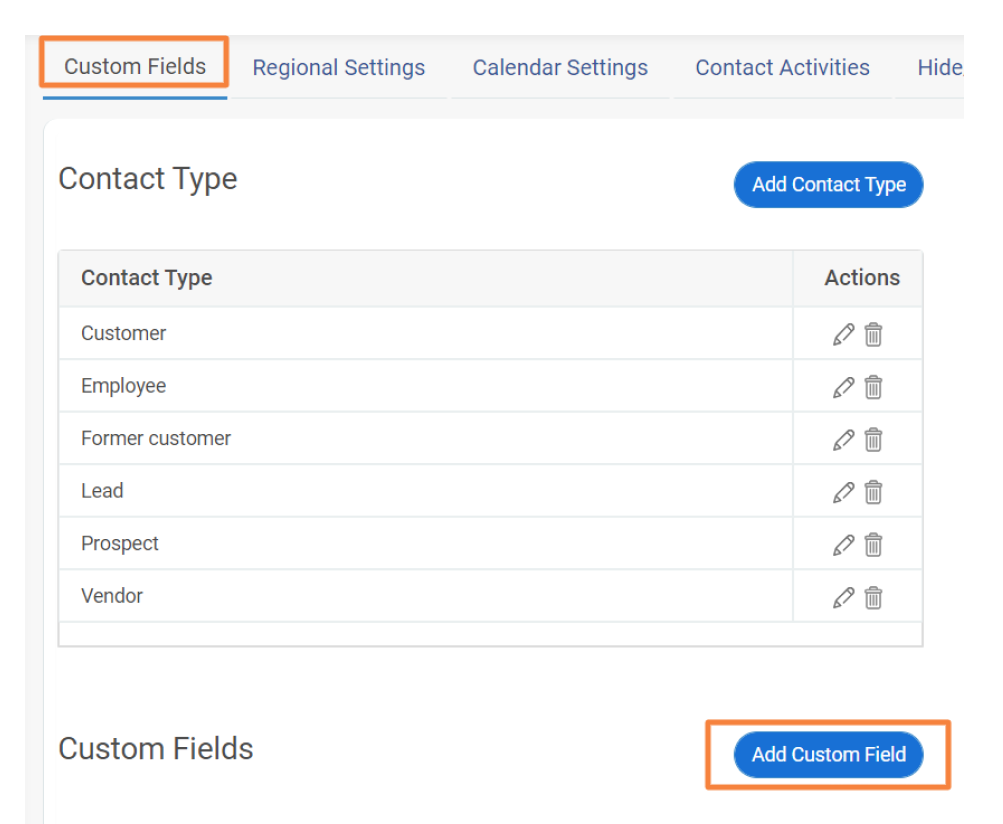
Step 5: Ensure Data Security
Data security is paramount when dealing with customer information. Implement strong security measures to protect sensitive data. Use encryption methods to safeguard data during storage and transmission. Limit access to the database to authorized personnel only, and ensure regular backups are made to prevent data loss. These steps help maintain customer trust and comply with data protection regulations.
Step 6: Train Your Team
Your database will only be as effective as the people using it. Ensure your team is well-versed in using the database through training sessions and providing user manuals or guides. Encourage regular use and updates to keep the data current and useful. A knowledgeable team can make the most out of the database, driving better customer interactions and business decisions.
Step 7: Review & Improve
Finally, regularly review your database management process to ensure it remains effective. Seek feedback from your team on what works and what doesn’t. Monitor how effectively the data is being used and look for areas of improvement. Adjust the database structure, data collection methods, or security measures to enhance its efficiency and reliability.
Read more: 10 Best Customer Database Software to Organize Client Data
Types of Customer Database Segmentation
Segmenting your customer database is a crucial step in personalizing your marketing efforts and enhancing customer satisfaction. It allows you to draft your messages and offers to meet the specific needs of different groups within your database of clients.
Here’s how you can effectively segment your customer database:
1. Demographic Segmentation
Demographic segmentation involves grouping your clients based on their age, gender, and income level. Understanding your clients’ age ranges helps you craft age-appropriate marketing messages.
Segmenting by gender allows you to design products or services based on gender preferences.
Moreover, considering your clients’ income levels helps you offer products that match their purchasing power and preferences.
2. Geographic Segmentation
Geographic segmentation focuses on your clients’ physical locations, such as country, state, or city. Knowing where your clients are located can help you tailor your marketing efforts to regional preferences and needs.
Additionally, understanding the climate of your client’s location can influence the products or services you offer, ensuring they are relevant and appealing.
3. Behavioral Segmentation
Behavioral segmentation is based on your client’s interactions with your products or services. Analyzing purchase history lets you group clients based on their buying behavior, helping you identify frequent buyers or those who purchase specific products.
Recognizing loyalty can help you create special offers or rewards for repeat customers. Additionally, understanding the usage rate of your products or services allows you to identify heavy users and create your marketing strategies accordingly.
4. Psychographic Segmentation
Psychographic segmentation involves understanding the lifestyle choices, interests, and values of your clients. By analyzing lifestyle data, you can offer products that align with your clients’ daily routines and preferences.
Knowing their interests helps you craft marketing messages that resonate with their hobbies and passions. Furthermore, considering their values and beliefs can make your marketing more relatable and impactful.
5. Firmographic Segmentation
Firmographic segmentation is essential for business-to-business (B2B) marketing. It involves segmenting your clients based on industry, company size, and revenue. Understanding the industry your clients operate in helps you tailor your offerings to meet industry-specific needs.
Considering company size allows you to offer solutions appropriate for small businesses or large enterprises. Additionally, segmenting by revenue size helps provide suitably priced solutions.
6. Technographic Segmentation
Technographic segmentation is based on your clients’ technology. By understanding the types of software or hardware your clients utilize, you can tailor your marketing efforts to match their technological preferences and needs.
This segmentation helps in offering compatible products and services, making your marketing more relevant and effective.
Steps to Segment Your Database
- Collect Data: Gather information about your clients through surveys, purchase history, and interactions.
- Create Lists: Develop specific lists for each segment to target them effectively.
- Analyze Data: Use various tools to identify patterns and commonalities in the collected data.
- Create Segments: Group your clients into segments based on the identified criteria.
- Tailor Marketing Strategies: Develop personalized marketing strategies for each segment.
- Monitor and Adjust: Continuously monitor the effectiveness of your segmentation and make adjustments as needed.
By effectively segmenting your database of clients, you can create more personalized and impactful marketing campaigns, ultimately leading to higher customer satisfaction and loyalty.
Challenges of Creating & Maintaining a Client Database
Creating and maintaining a database can be quite a task, especially if you’re aiming for accuracy and reliability. While databases are essential for organizing information, ensuring their efficiency involves overcoming several challenges.
Let’s explore some of the key challenges:
1. Handling Data Entry Errors
Human error is a significant challenge in database management. Mistakes during data entry are common and can lead to significant issues. To overcome these challenges, using an automated system for data entry, like BIGContacts, can be highly effective. BIGContacts offers import templates and webform connections that streamline data entry, reduce errors, and ensure consistency.
2. Ensuring Data Security
Protecting customer data from breaches is crucial. Security protocols must be effective to prevent unauthorized access, making data security a top priority.
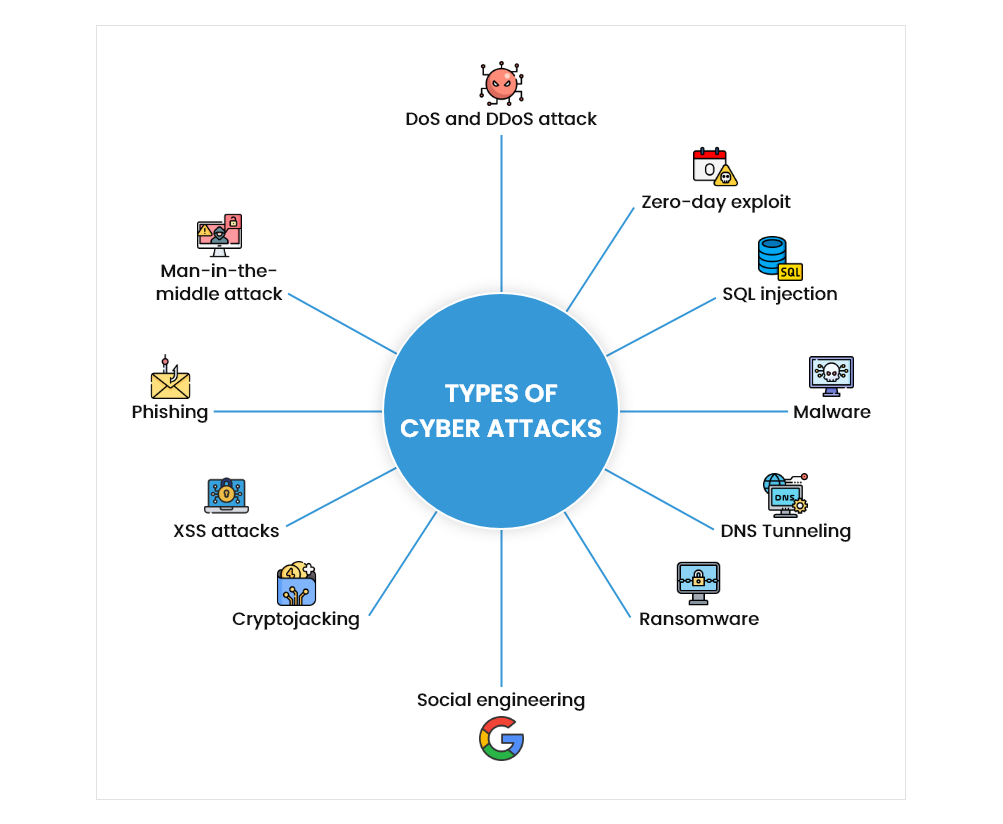
Moreover, adhering to regulations like GDPR or CCPA adds another layer of complexity, requiring constant updates and monitoring to ensure compliance and protect sensitive information.
3. Avoiding Data Redundancy
Duplicate entries clutter the database and make it harder to find accurate information. Redundant data consumes valuable storage space and can slow down the system. Regular audits and removal of duplication are necessary to maintain a clean and efficient database.
4. Maintaining Data Integrity
Maintaining data integrity ensures that the information is reliable and accurate. This involves regular checks and validations to ensure consistency. Implementing rules to check for data validity can help, but setting these up and maintaining them is an ongoing task. Ensuring that the data remains trustworthy requires continuous vigilance.
Read more: How to Keep Your CRM Data Clean: 10 Best Practices to Get Started
5. Handling Scalability Issues
As your business grows, so does your database. Ensuring that your database can handle increased loads without performance degradation is vital. Regular upgrades and optimization are necessary to keep the system running smoothly as the volume of data increases. Planning for scalability from the outset can save a lot of headaches down the road.
6. Managing Backup & Recovery
Creating regular backups is essential to prevent data loss. However, managing these backups and ensuring they are up-to-date can be challenging. Having a recovery plan in place for data restoration in case of a failure is crucial but often overlooked. Ensure that you can quickly recover from data loss incidents to maintain business continuity.
7. Handling Integration Issues
Integrating the database with other systems and software can be problematic if there are compatibility issues. Ensuring that data is synced correctly across platforms requires meticulous management. Properly handling integrations can streamline operations, but it demands careful planning and execution to avoid disruptions.
8. Optimizing Performance
Writing efficient queries to retrieve data without overloading the system is a constant challenge. Proper indexing can improve performance, but over-indexing can lead to inefficiencies and increased storage requirements. Regular performance monitoring and optimization are necessary to ensure that the database remains fast and responsive.
6 Benefits of Using a Customer Database
Managing a business can be a challenging task, but having a customer database makes it much easier. This powerful tool can transform how you interact with clients, streamline operations, and boost efficiency. Here are some key benefits of using a customer database:
1. Improved Customer Relationships
You can store detailed information about your clients to manage your interactions. Personalized communication helps build stronger relationships and fosters customer loyalty, as clients feel valued and understood.
Access to comprehensive client data means you can respond quickly to inquiries and issues, improving customer satisfaction. Enhanced customer service is a direct result of having all the necessary information at your fingertips, enabling you to provide timely and accurate support.
2. Increased Efficiency
A customer database keeps all your client information in one place, reducing the time spent searching for data and increasing productivity. Centralized information ensures that everyone in your organization can access the same data, streamlining internal processes.
Many databases offer features that automate routine tasks like follow-up emails and appointment reminders, saving you time and reducing the chance of human error. Automated tasks free up your staff to focus on more important aspects of your business, enhancing overall efficiency.
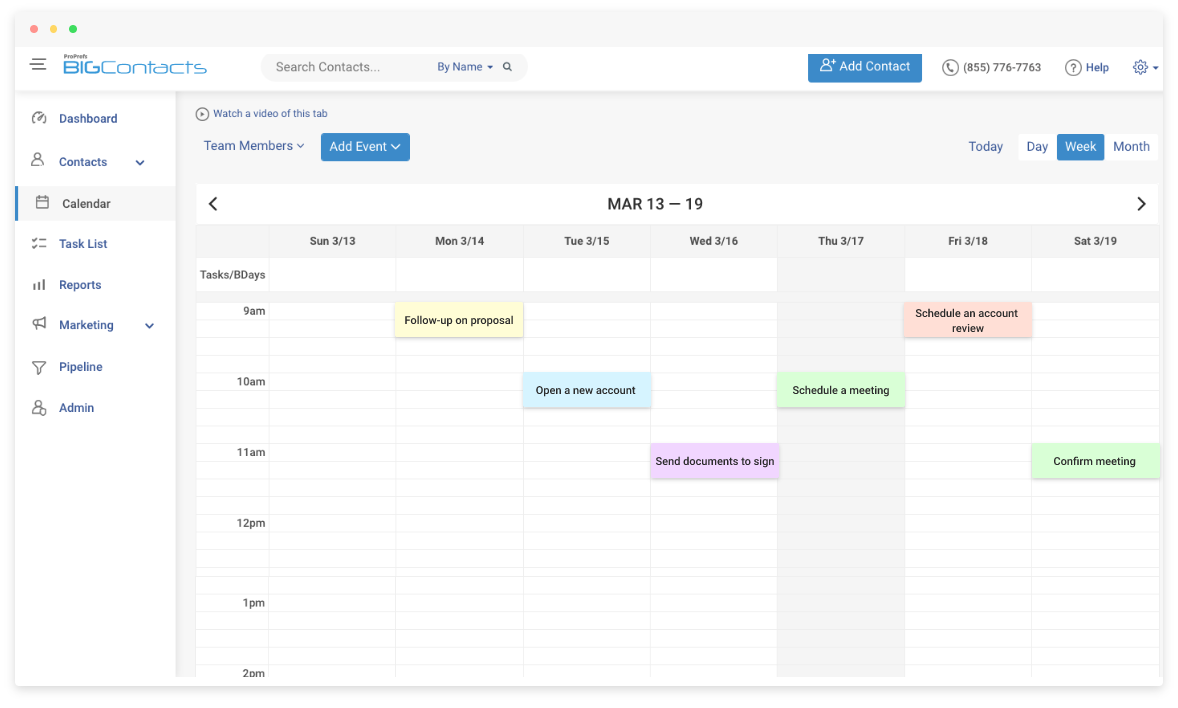
3. Better Data Management
Regularly updated databases ensure you have the most current information, which is crucial for making informed business decisions. Accurate data management helps you avoid costly mistakes and allows for better strategic planning.
Modern customer databases have various security features to protect sensitive client information from unauthorized access. Data security is essential in maintaining client trust and complying with regulatory requirements, safeguarding your business reputation.
4. Enhanced Marketing Efforts
Using a customer database, you can segment your clients based on various criteria, allowing for more effective and targeted marketing campaigns. Targeted campaigns increase the likelihood of success by addressing the specific needs and interests of different customer groups.
Track customer interactions and analyze data to understand what works best for your marketing strategies and adjust accordingly. Tracking and analysis provide valuable insights that help refine your approach, optimizing your marketing efforts for better results.
5. Increased Sales
Monitor the sales process and identify opportunities for upselling or cross-selling based on customer history and preferences. Sales pipeline tracking allows you to tailor your sales pitches to individual clients, enhancing your chances of closing deals.
By maintaining detailed records of customer interactions, you can identify trends and proactively address issues that may lead to client retention. Client retention strategies informed by data help you keep your existing customers satisfied and loyal, boosting long-term revenue.
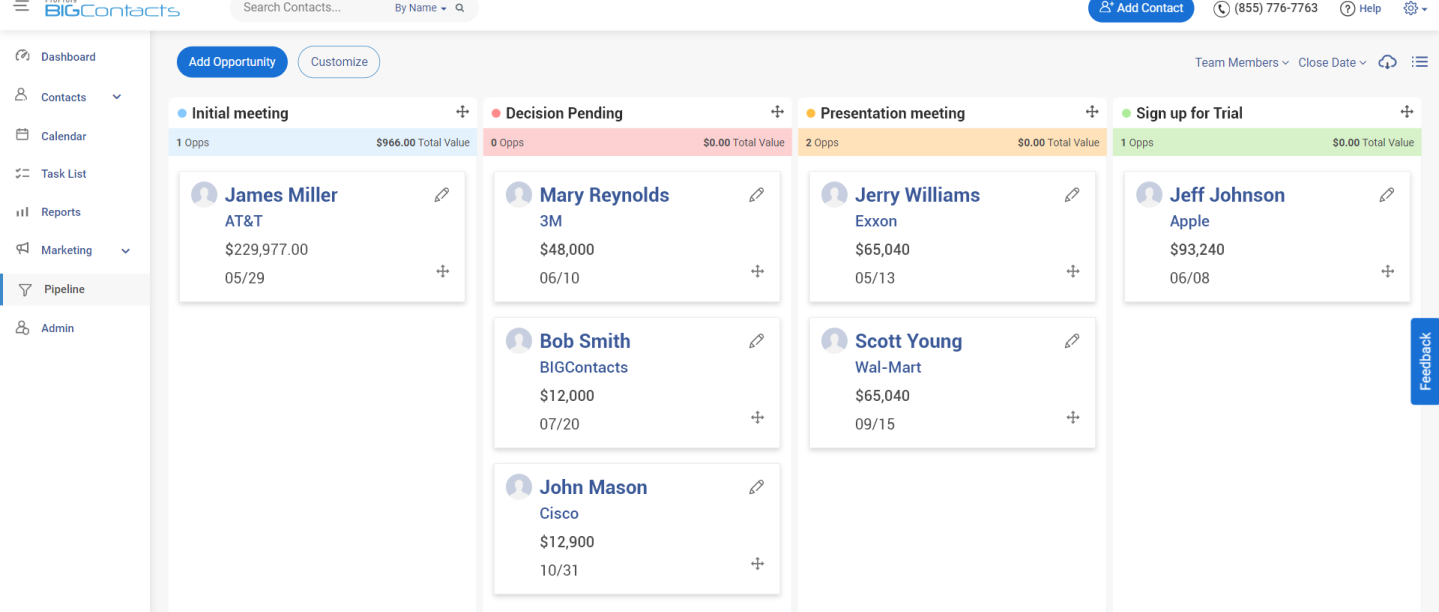
6. Expanded Scalability
As your business grows, a customer database can scale with you, ensuring that your client management processes remain efficient and effective. Growth management becomes easier when your database can handle an increasing volume of client information without compromising performance.
Efficient data management helps allocate resources more effectively, allowing you to focus on areas that need improvement. Resource allocation informed by accurate data ensures that your business can adapt to changes and continue to thrive.
What Is a Customer Database in Marketing Used For?
A customer database is a powerful tool in marketing, providing a structured and easily accessible collection of customer data. This data can significantly enhance your marketing efforts and customer relationship management.
Let’s explore how a customer database can be used in marketing.
1. Creating Sales and Marketing Funnels
A customer database helps map out sales and marketing funnels by providing detailed insights into customer behavior and preferences. This allows marketers to create targeted campaigns and guide potential customers through the buying process.
2. Understanding Sales Leads
By analyzing the data in a customer database, you can identify high-quality sales leads. This ensures that your marketing efforts are focused on the most promising prospects, increasing the chances of conversion.
3. Matching Leads to the Most Enticing Offers
With detailed customer profiles, you can match leads with the most relevant and enticing offers. This personalization increases the likelihood of engagement and sales.
4. Customizing Responses to Messages
A customer database allows for personalized communication. By having access to customer history and preferences, you can tailor your responses to be more relevant and impactful.
5. Responding to Client Inquiries in a More Helpful Way
Quick and accurate responses to client inquiries are possible with a well-organized customer database. It ensures that you have all the necessary information at your fingertips to assist clients effectively.
6. Sticking to Your Marketing Budget
By targeting the right audience and personalizing your marketing efforts, you can optimize your marketing budget. A customer database helps avoid wasteful spending by focusing on strategies that yield the best return on investment.
In short, a customer database helps the marketing team understand both current customers and potential leads better. Unlike data warehouses that store lots of unorganized customer data, a customer database is neatly organized, making it easy to find the information you need.
This organized data helps marketers make smart decisions and create effective marketing strategies.
Boost Your Sales With a Customer Database
Investing in an effective customer database system is not just a smart move; it’s essential for any business aiming for long-term success. The ability to harness and analyze customer data empowers you to make strategic decisions that enhance customer satisfaction, streamline operations, and ultimately drive growth.
By understanding customer behavior and preferences, you can create targeted campaigns, improve customer relationships, and make informed decisions that drive growth.
If you want to organize your contact database efficiently, the BIGContacts CRM tool is a great option. It offers a forever-free plan, making it accessible for businesses of all sizes. With BIGContacts, you can keep your customer information well-organized and take your marketing efforts to the next level.
Learn More About Customer Database
How to get customer data?
To get customer data, collect information through webforms, surveys, and purchase histories. Encourage customers to share details by offering incentives like discounts or free resources. You can also track interactions on your website and social media. Just make sure to ask for permission and respect privacy regulations.
What are the benefits of customer data analysis?
Customer data analysis helps you better understand your customers, allowing you to create personalized marketing strategies. It improves customer satisfaction by addressing their needs more effectively, boosts sales by targeting the right audience, and enhances decision-making with actionable insights.
How to analyze the received data?
To analyze received data, organize it in a clear format like a spreadsheet. Look for patterns, trends, and key metrics that matter to your goals. Use charts and graphs to visualize the data.
Additionally, powerful customer database software can generate detailed reports, streamlining this process. These tools can automatically compile and analyze data, producing comprehensive reports highlighting critical metrics and trends.
What are the types of customer databases?
There are several types of customer databases you can use. These include contact databases, which store basic customer information, transaction databases, which track purchase history, and behavioral databases, which record customer interactions and preferences. Choosing the right type depends on your business needs and the data you want to collect and analyze.
What are the tools for maintaining client databases?
To maintain client databases, you can use tools like CRM systems (e.g., BIGContacts), email marketing platforms (e.g., Mailchimp), and spreadsheet software (e.g., Excel, Google Sheets). These tools help you organize, manage, and analyze your client data, making it easier to track interactions and improve customer relationships.
FREE. All Features. FOREVER!
Try our Forever FREE account with all premium features!




